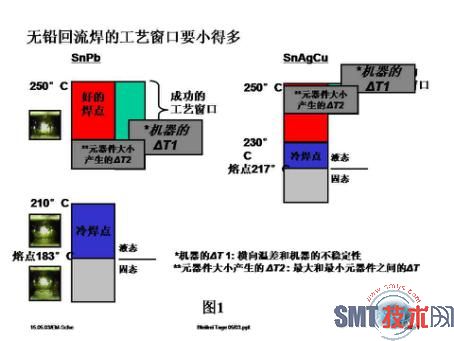According to the EU’s RoHS Directive (Directive Act of the European Parliament and the Council of the European Union on the restriction of the use of certain hazardous substances in electrical and electronic equipment), The directive requires the ban on the EU market to sell electronic and electrical equipment containing six hazardous substances such as lead as a “green manufacturing” lead-free process that has become an irreversible development trend since July 1, 2006.
It has been more than two years since the lead-free process started from the preparation stage. Many electronic product manufacturers in China have accumulated a lot of valuable experience in the active transition from lead-free soldering to lead-free soldering. Now that the lead-free process is becoming more and more mature, the work focus of most manufacturers has changed from simply being able to implement lead-free production to how to comprehensively improve the level of lead-free soldering from various aspects such as equipment, materials, quality, process and energy consumption. .
The lead-free reflow soldering process is the most important soldering process in the current surface mount technology. It has been widely used in many industries including mobile phones, computers, automotive electronics, control circuits and communications. More and more electronic original devices are converted from through-hole to surface mount, and reflow soldering replaces wave soldering in a considerable range is an obvious trend in the soldering industry.
So what role will reflow soldering equipment play in the increasingly mature lead-free SMT process? Let’s look at it from the perspective of the entire SMT surface mount line:
The entire SMT surface mount line generally consists of three parts: screen printer, placement machine and reflow oven. For placement machines, compared with lead-free, there is no new requirement for the equipment itself; For the screen printing machine, due to the slight difference in the physical properties of lead-free and leaded solder paste, some improvement requirements are put forward for the equipment itself, but there is no qualitative change; The challenge of lead-free pressure is precisely on the reflow oven.
As you all know, the melting point of lead solder paste (Sn63Pb37) is 183 degrees. If you want to form a good solder joint, you must have 0.5-3.5um thickness of intermetallic compounds during soldering. The formation temperature of intermetallic compounds is 10-15 degrees above the melting point, which is 195-200 for leaded soldering. degree. The maximum temperature of the original electronic components on the circuit board is generally 240 degrees. Therefore, for leaded soldering, the ideal soldering process window is 195-240 degrees.
Lead-free soldering has brought great changes to the soldering process because the melting point of the lead-free solder paste has changed. The currently commonly used lead-free solder paste is Sn96Ag0.5Cu3.5 with a melting point of 217-221 degrees. Good lead-free soldering must also form intermetallic compounds with a thickness of 0.5-3.5um. The formation temperature of intermetallic compounds is also 10-15 degrees above the melting point, which is 230-235 degrees for lead-free soldering. Since the maximum temperature of lead-free soldering electronic original devices does not change, the ideal soldering process window for lead-free soldering is 230-240 degrees.
The drastic reduction of the process window has brought great challenges to guarantee the welding quality, and has also brought higher requirements for the stability and reliability of lead-free soldering equipment. Due to the lateral temperature difference in the equipment itself, and the difference in the thermal capacity of the original electronic components during the heating process, the soldering temperature process window range that can be adjusted in the lead-free reflow soldering process control becomes very small. This is the real difficulty of lead-free reflow soldering. The specific lead-free and lead-free reflow soldering process window comparison is shown in Figure 1.
In summary, the reflow oven plays a vital role in the final product quality from the perspective of the entire lead-free process. However, from the perspective of investment in the entire SMT production line, the investment in lead-free soldering furnaces often only accounts for 10-25% of the investment in the entire SMT line. This is why many electronics manufacturers immediately replaced their original reflow ovens with higher quality reflow ovens after switching to lead-free production.
Post time: Aug-10-2020

